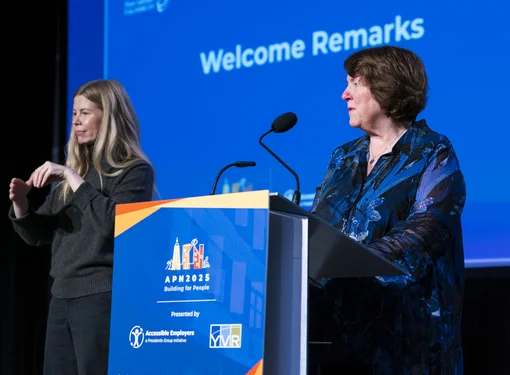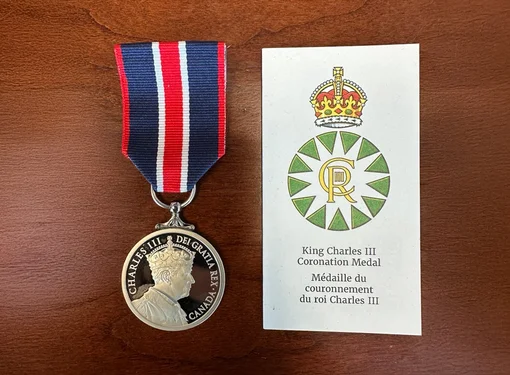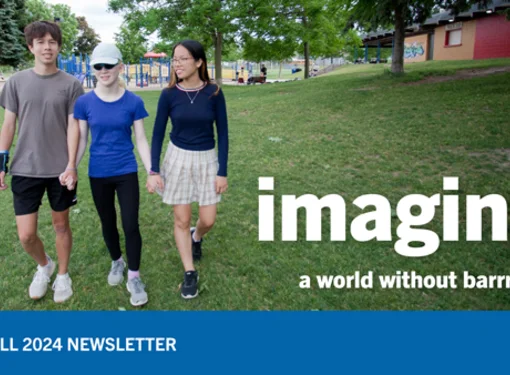Beyond the mat: How chair yoga can change your life
I first tried yoga about 20 years ago because I was a show-off. My goal was to master the lotus pose. You know the one where you look like a very introspective human pretzel? I wanted to demonstrate my amazing flexibility and elicit ‘oohs’ and ‘ahs’ from everyone I knew. Now, a couple of decades older, and living with a back injury called spondylolisthesis, my motivation for going to class is a lot different.
Doing yoga has helped me to reduce pain related to my back injury. It has also enabled me to cope with stress and anxiety that at one time I thought would overwhelm me. Through the years, I’ve been fortunate enough to learn from some great instructors. One of those instructors, also living with spondylolisthesis, is Heather Dawson.
Heather developed spondylolisthesis after a car accident, and like me, found that yoga helped her to relieve a lot of the pain she experienced. She went on to become a yoga instructor and now teaches a variety of styles of yoga to people of all ages, including a chair yoga class for seniors and people with mobility challenges.
I spoke with Heather about the kind of poses or positions that can be incorporated into a chair yoga class and how they can benefit participants. These poses include:
- Cat
- Cow
- Eagle
- Twist
- Sun Salutation (demonstrated in the photo above)
- Back and neck stretches
- Core work
- Side bend
- Hand and wrist strengthening
- And many more
Heather specifically mentioned the importance of working on the thoracic movement of the body, “It’s an area where people who are always in the same position really lock into the thoracic spine, so between the shoulder blades, and lose that mobility there. So, doing exercises to open up . . . you are going to breathe better . . . letting the diaphragm to be able to fully expand.”
It is also possible to add props like blankets, bolsters, blocks, and particularly yoga straps to help facilitate a better experience and/or increase a person’s range of motion during a class.
All of these chair yoga exercises can yield positive benefits for participants, such as:
- Strengthening the body
- Reducing pain
- Improving posture
- Increasing flexibility
Of course, another important aspect of yoga is meditation. Meditation can occur at the beginning, throughout, and/or at the end of the yoga class. This end-of-class meditation is often called shavasana. While traditionally shavasana is performed lying down, it can be modified, like many of the more physical poses, to take place in a seated position.
Heather explains that for many people shavasana is very challenging because often participants feel that if they are not being physically active they are not deriving any benefit from what they are doing. However, this is not the case, Heather says, “[meditation] helps [people] to slow down. It helps them to lower their anxiety level; relax their muscles; be present in what they’re doing . . . It helps people sleep better. It helps the busyness of the mind to become quiet, which allows you to focus better.”
Heather also described how meditation is able to help us, at least for a little while, to stop worrying about the future or dwelling in the past, “We’ve become so busy that we’re always jumping ahead, or we’re reliving what we’ve already been through. Meditation helps you to stay present; live in the exact moment, this moment.”
So, while I never mastered the lotus pose, yoga and instructors like Heather have helped me to live a better life: one with less back pain and more inner calm. My hope is that you will give yoga a chance, and experience all the benefits it has to offer. Namaste.
Note: Please consult a physician before beginning this, or any exercise program.







